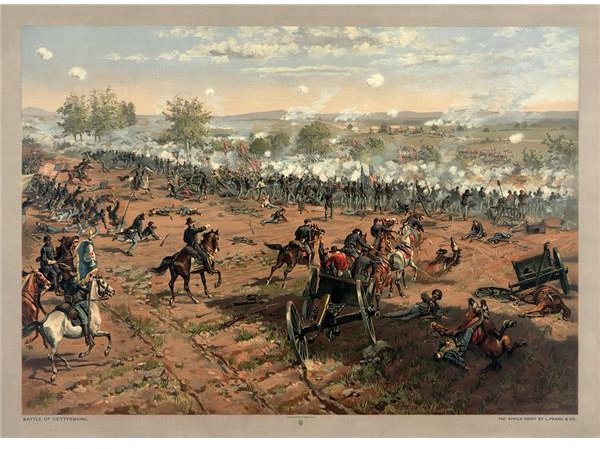

Location: In the hills just south Gettysburg, PA. About 65 miles north of Washington, DC; 125 miles west of Philadelphia, PA.
Date: July 1 - 3, 1863
Outcome: Union victory
Casualties: Over 52,000 (22,000 Union and 30,000 Confederate)
Significance:
The Battle of Gettysburg was the biggest battle ever fought on U.S. soil. For three bloody days massed Confederate troops struggled with entrenched Union forces along Missionary Ridge. For once, Union forces under General Meade demonstrated resilience and fighting spirit defending their home soil, while the Confederate commanders under Robert E. Lee appeared hesitant and indecisive.
Gettysburg marked the crest of the “high water mark” of Confederate hopes for independence and foreign recognition, which were dashed by the Confederate defeat. However, as Lee withdrew his battered and decimated troops, the Union leadership yet again failed to strike a fatal blow to the Confederates. Nevertheless, Robert E. Lee would never again threaten the North and would entrench in a losing war of attrition as the action shifted west to places like Chickamauga and Chattanooga.
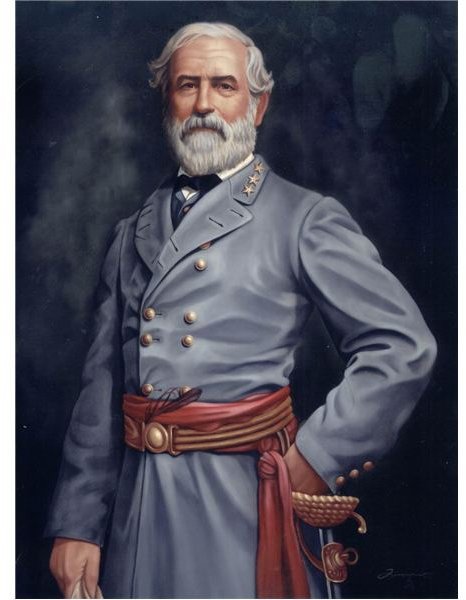
After his victory over General Hooker at Chancellorsville the previous May, despite Confederate losses in casualties – including the irreplaceable “Stonewall” Jackson – General Robert E. Lee figured the time was right for another expedition North. HIs goal was to destroy the railroad into Harrisburg and then direct his attention to Baltimore or Washington, DC.
Day 1 - July 1, 1863
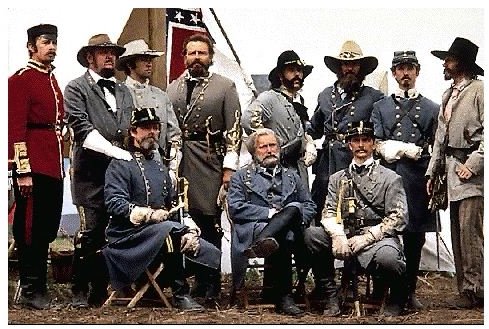
A chance encounter between Confederate foraging troops and out-numbered Union cavalry resulted in a frenzied battle for a bridge west of Gettysburg. Union forces held on until they were finally forced back through the town where they rallied at Cemetery Hill, where they constructed defenses as the bulk of Union General Meade’s Army arrived to entrench on the high ground.
Read all about Day 1 at About.Com: American History, “Battle of Gettysburg, Day 1”
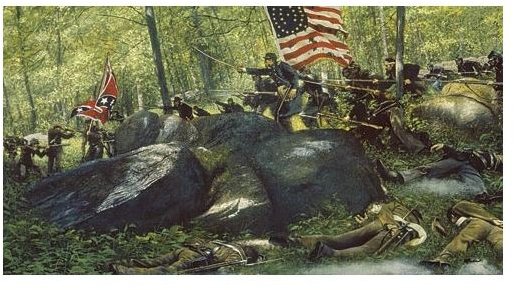
Day 2 - July 2, 1863
Both armies aligned atop two parallel ridges (the Confederates on Seminary Ridge, the Union to the east on Cemetery Ridge). Lee ordered attacks along both flanks of the Union lines and nearly broke the Union hold, except for fierce resistance and poor response of Lee’s subordinates.
The pivotal battle of day 2 was at Little Round Top, the keypoint of the Union defense. Read more about the Battle of Little Round Top at HistoryNet.com: Battle of Gettysburg: Fighting at Little Round Top.
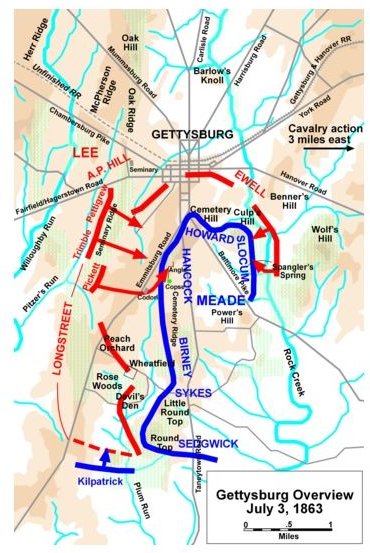
Day 3 - July 3, 1863
Frustrated by the poor performance of his generals and the apparent invulnerability of the Union flanks, Lee was convinced that a massed attack along the union center towards Cemetery Hill would finally break the Union army. In one of the most famous attacks in the history of warfare, General George Pickett led 13,000 Confederate troops in a frontal assault of Cemetery Hill. Murderous Union cannon, artillery, grape shot and rifle fire wiped out over half his force before the attack lost momentum and failed. Read more about Pickett’s Charge at MilitaryHistoryOnline.com: Day 3…Pickett’s Charge.
The battle was lost and Lee retreated once again to Virginia. Like his predecessors, the Union commander, General Meade, failed to pursue the retreating and battered Confederate army. The war would continue for nearly two more years, but the Confederates would never again be able to invade the North.
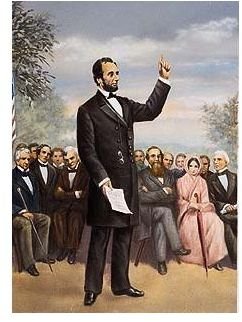
The Gettysburg Address
Some months after the Battle of Gettysburg, the Battlefield was converted into a national cemetery. President Abraham Lincoln was invited to make a few remarks to dedicate the new cemetery and made one of the most famous speeches in American history: The Gettysburg Address. In only 272 words, Abraham Lincoln encapsulated his view of the meaning of the Civil War and the awful sacrifices involved in maintaining the Union.
Assignment
Distribute the annotated handout (see below) on the Gettysburg Address. The handout can either be discussed in class or assigned as essay homework. Download this assignment at The Gettysburg Address.

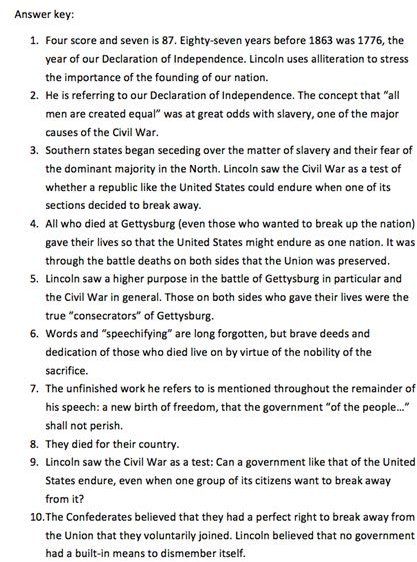
This is a series of articles on U.S. Civil War battles that were pivotal to the eventual Union victory. Read about the battles at Shiloh, Antietam, Gettysburg, Vicksburg and the fall of Atlanta. Each of these battles played a key role in the outcome of our nation’s bloody and protracted civil war.